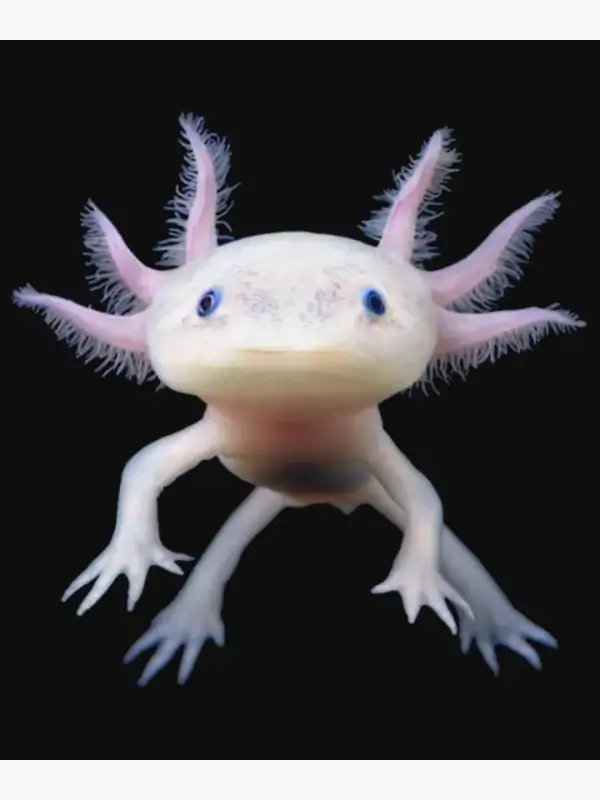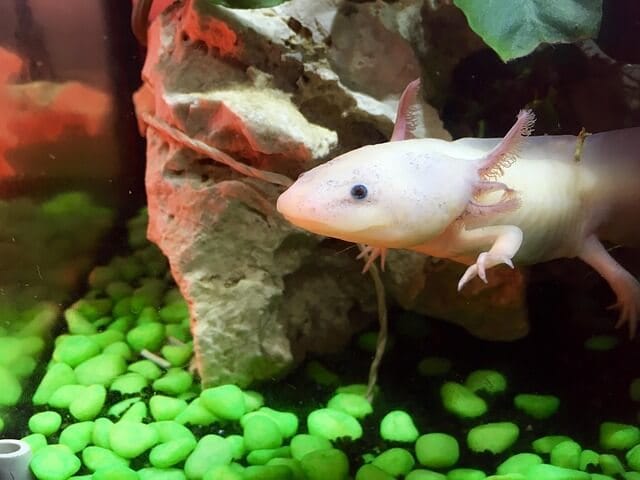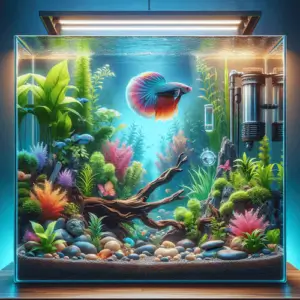Axolotls What Are They & How Do I Keep One?
In the world of exotic pets, one creature has been steadily capturing the hearts of enthusiasts and casual observers alike: the axolotl. This unique amphibian, with its perpetual smile and feathery gills, looks like it swam straight out of a fantasy novel. But what exactly is an axolotl, and why has it become such a popular pet? Let’s dive into the fascinating world of this aquatic wonder.
Origins and Habitat
The axolotl (Ambystoma mexicanum) is a type of salamander native to the lake complex of Xochimilco near Mexico City. Unlike most amphibians, axolotls spend their entire lives in water. They are neotenic, meaning they retain their larval features throughout their adult life. This includes their gills, which protrude from the sides of their heads, allowing them to breathe underwater.

Why Are Axolotls So Popular?
Axolotls have surged in popularity due to their unique appearance, relatively easy care, and fascinating biology. Their ability to regenerate limbs, spinal cord, heart, and other parts of their body makes them a subject of extensive scientific research, adding to their allure. Moreover, their calm demeanour and the way they interact with their environment make them captivating pets. Let’s delve deeper into their remarkable regenerative abilities and the variety of colours they come in.
Regenerative Powers and Stem Cells
Axolotls possess extraordinary regenerative capabilities, a trait that has placed them at the forefront of scientific research, particularly in the field of regenerative medicine. When an axolotl loses a limb, the wound site forms a mass of cells known as a blastema. This blastema is capable of growing into bones, muscles, nerves, and blood vessels, effectively replacing the lost limb without scarring. The key to this process lies in their stem cells, which have a unique capacity to transform into various cell types. This ability not only fascinates scientists but also offers potential insights into human regenerative therapies, raising hopes for advancements in treating injuries and diseases.

Colour Variations
Part of the axolotl’s appeal as a pet is its range of colour variations, which result from both natural and selective breeding. The most common colours include:
• Wild Type: Resembling their natural appearance in the wild, these axolotls are dark with greenish-brown and black mottling, allowing them to blend into their surroundings.
• Leucistic (Pink): Perhaps the most iconic, these axolotls have a pale pink body with red gills and black eyes. Their ethereal appearance is due to a lack of pigment in the skin.
• Albino: These axolotls lack pigment throughout their bodies, resulting in a white or yellowish colour with red eyes. They are particularly sensitive to light due to the absence of eye pigmentation.
• Melanoid: This variation has an increased amount of melanin, giving them a nearly uniform dark coloration that extends into their gills, making them darker than the wild type.
• Golden Albino: A beautiful blend of albino and leucistic traits, these axolotls have a golden hue with shiny gold flecks and red or pink eyes.

Conclusion
The axolotl’s unique blend of intriguing biology, regenerative capabilities, and striking colour variations has cemented its status as a fascinating pet. Whether you’re drawn to their scientific significance or simply enamoured by their otherworldly appearance, axolotls offer a window into the mysteries of nature from the comfort of your home. As their popularity continues to grow, so does our responsibility to ensure their conservation and well-being, both in captivity and in their natural habitat.








